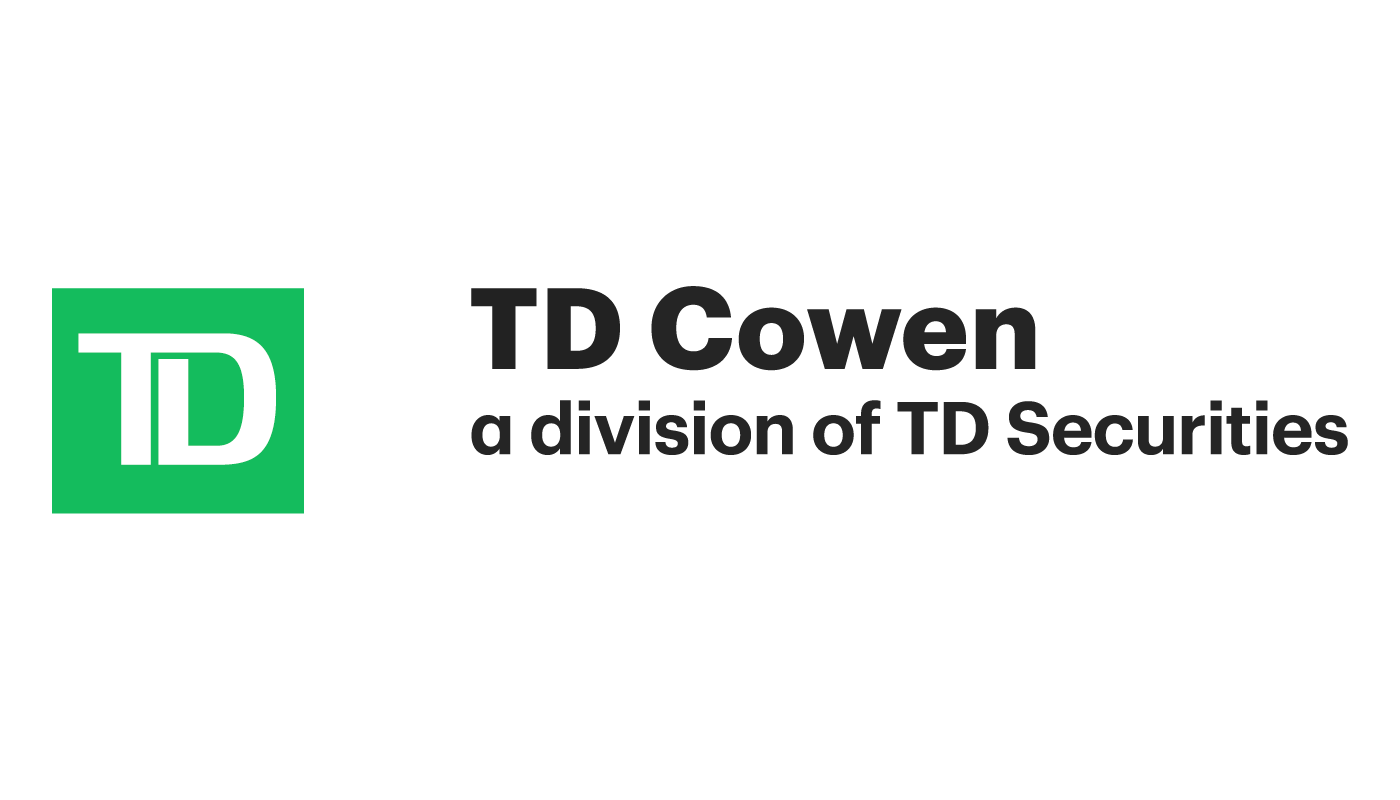This article was originally published by Curatia.
With individual investors contributing roughly a fifth of US stock-trading volume even after a volatile year and regulators moving to clear barriers to their increased participation, understanding the resilient retail segment’s tendencies has never been more important.
Nasdaq’s second annual retail-investor survey reveals a thematic pivot from crypto and ESG to robotics and autonomous technology, younger investors’ reliance on financial advisors, and a surprising social-media pivot among baby boomers. Such insights aid issuers marketing retail-oriented products, trading firms keen to divine emergent retail trends, and investors themselves navigating turbulent markets.
Resilient Interest
Like many market participants, retail investors weathered a challenging 2022. The S&P 500 fell nearly 20%, prompting a retail retreat as inflation and recession concerns reigned.
But according to Nasdaq’s second annual retail-investor survey, which polled 2,000 individual investors between November 21 and November 28 in partnership with Morning Consult, the retail cohort’s top economic worries varied considerably by age group.
The share of Gen Z investors voicing concern over issues like unemployment, housing supply and demand, and student-loan debt that could derail their long-term savings goals, for instance, exceeded those of baby boomers by 37%, 32%, and 48%, respectively.
The yawning disparity explains why seven in 10 Gen Z investors indicated they are investing more aggressively relative to last year despite turbulent markets. Fully 91% of Baby Boomers, by contrast, say they’re either investing more conservatively or their strategy remains unchanged.
Resilient interest among younger investors helped push individual traders’ sway over markets to unprecedented levels in February, eclipsing even those of 2021’s meme-stock mania. JPMorgan data showed that retail activity comprised as much as 25% of stock trading in January — a record.
The retail revival dispels the myth that the pandemic-era retail-trading boom was a fleeting byproduct of government stimulus and lockdown boredom. Rather than chasing market upswings, retail investors are increasingly driving them. With the retail cohort poised to make up 60% of global AUM by 2030, that trend only figures to grow in the coming years.
The findings are particularly relevant for Wall Street, according to Nasdaq Head of US Exchange Traded Products Giang Bui.
“The retail revival shows that not only is retail investing here to stay, but it could influence markets in profound ways from redirecting flows to rewriting the trading rulebook,” she said.
“Institutional investors anticipating shifting retail appetites can ride the wave instead of getting caught out. ETF issuers can market to individual investors where they typically go for advice. Brokerages can design their offerings around generational investing tendencies. And all market participants need to understand how rulemakers are adapting market structure to accommodate the retail cohort. In short, retail trends will be crucial in defining markets’ future.”
ETF On-Ramps
Last year’s stock-market struggles and rising economic concerns have encouraged younger retail investors to temper their risk appetite. Crypto interest among Gen Z retail investors halved from 53% in 2021 to just 26% last year, while interest in ESG cooled from 34% to 12%.
That said, thematic investing continues to be a retail focus. While fintech and real estate remained the most popular themes, Gen Z retail-investor interest in ETFs focused on robotics and autonomous technology more than doubled from 27% in 2021 to 56% in 2022 despite a tough year for tech stocks as ChatGPT’s emergence spotlighted AI-related technologies.
Challenging market conditions could broadly favor ETFs, which were already slated to more than double AUM in the US from around $7T now to $15T by 2028, as investors turn to ETFs to play defense, optimize income, or easily gain exposure to various sectors, geographies, and investing styles.
ETF interest is surging among older investors, who had poured $125B into ETFs by February 8 after pulling $340B last year. And there’s plenty of room to grow, with 84% of survey respondents indicating they have invested in ETFs or would consider doing so although just 45% hold them now.
Another key ETF growth driver could be the maturation of younger investors’ decision-making process as they turn to financial advisors for guidance. Fully 80% of Gen-Z investors and 72% of millennials surveyed say they currently use a financial advisor.
That approach in turn makes them much more likely to invest in ETFs and to do so in larger sums. In fact, amongst those who use financial advisors, four in 10 retail ETF investors say they have put $250k or more into ETFs.
While a majority of retail investors continue to rely on financial advisors and finance-specific publications as their primary investment decision-making resources, social media is gaining ground. 73% of Gen-Z investors use TikTok as an information resource — 18 percentage points higher than last year. Even more (78%) use Twitter.
Economic challenges have also made younger investors more cost-conscious. They prefer passively managed ETFs that typically offer lower-cost alternatives to active products, whereas around half of Gen-X investors and baby boomers lean toward fully transparent active ETFs.
61% of Gen-Z investors meanwhile prefer to compensate financial advisors as a percentage of AUM — a sensible conclusion for younger investors with lower AUM — versus just 36% of baby boomers.
“For financial firms offering retail-oriented products and services, understanding retail-investing trends could be the difference between success and failure,” Nasdaq ETF Senior Product Manager Danielle Rutsky said. “For example, more than a third of retail investors said they find stock exchanges’ content useful. That could unlock retail-oriented analytics as a product category for exchanges investing in data.”
Generational Differences
Generational differences in individual investor behavior are a crucial part of that calculus.
Somewhat surprisingly, baby boomers are less likely than their younger counterparts to rely on resources from financial advisors to finance-specific publications and family/friends to make investing decisions, although they spend more time researching investments.
They are also increasingly likely to use social media as an investing input. While those turning to Twitter (42%) and TikTok (25%) remain a minority, baby boomers’ usage of those channels nonetheless surged 17% and 16%, respectively, since last year.
Thematic investing trends likewise display a generational divide. Interest in ESG, for instance, has held steady for Gen-X investors and risen slightly for baby boomers even as it has declined among the younger cohort.
Such data points offer financial firms valuable insights. They can help wealth managers tailor their talking points to retail clients by age group. They similarly allow ETF issuers and others to weigh the relative value of various marketing channels for specific customer segments.
By helping financial firms deepen their understanding of individual investor behavior, Nasdaq’s annual retail-investor survey is paving the way for a brighter retail-investing future — a mission to which Nasdaq is proud to contribute.
Visit Nasdaq’s website to learn more about retail investors’ shifting outlooks, download the full retail-investor survey results, and gain access to generational investor profiles.







































